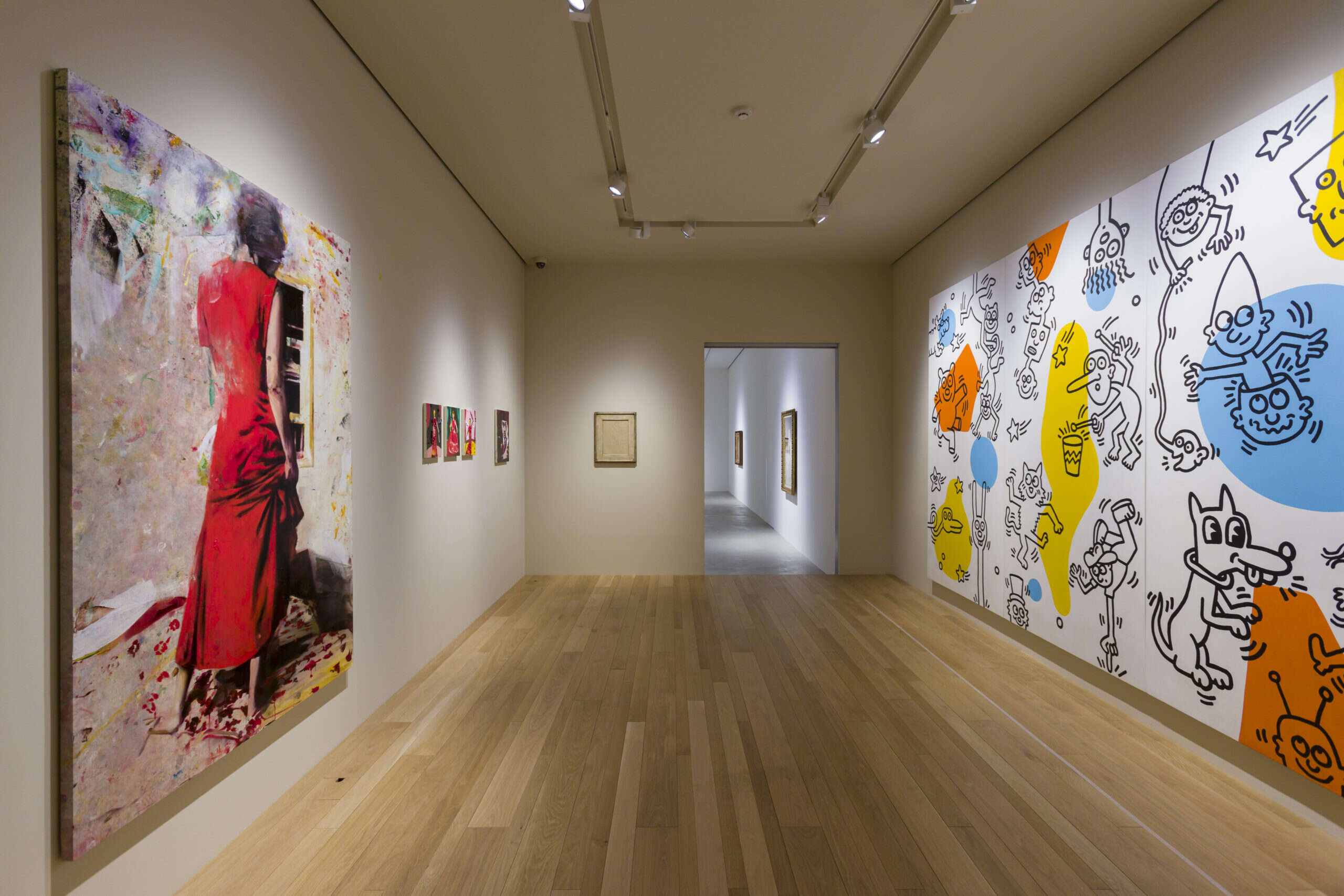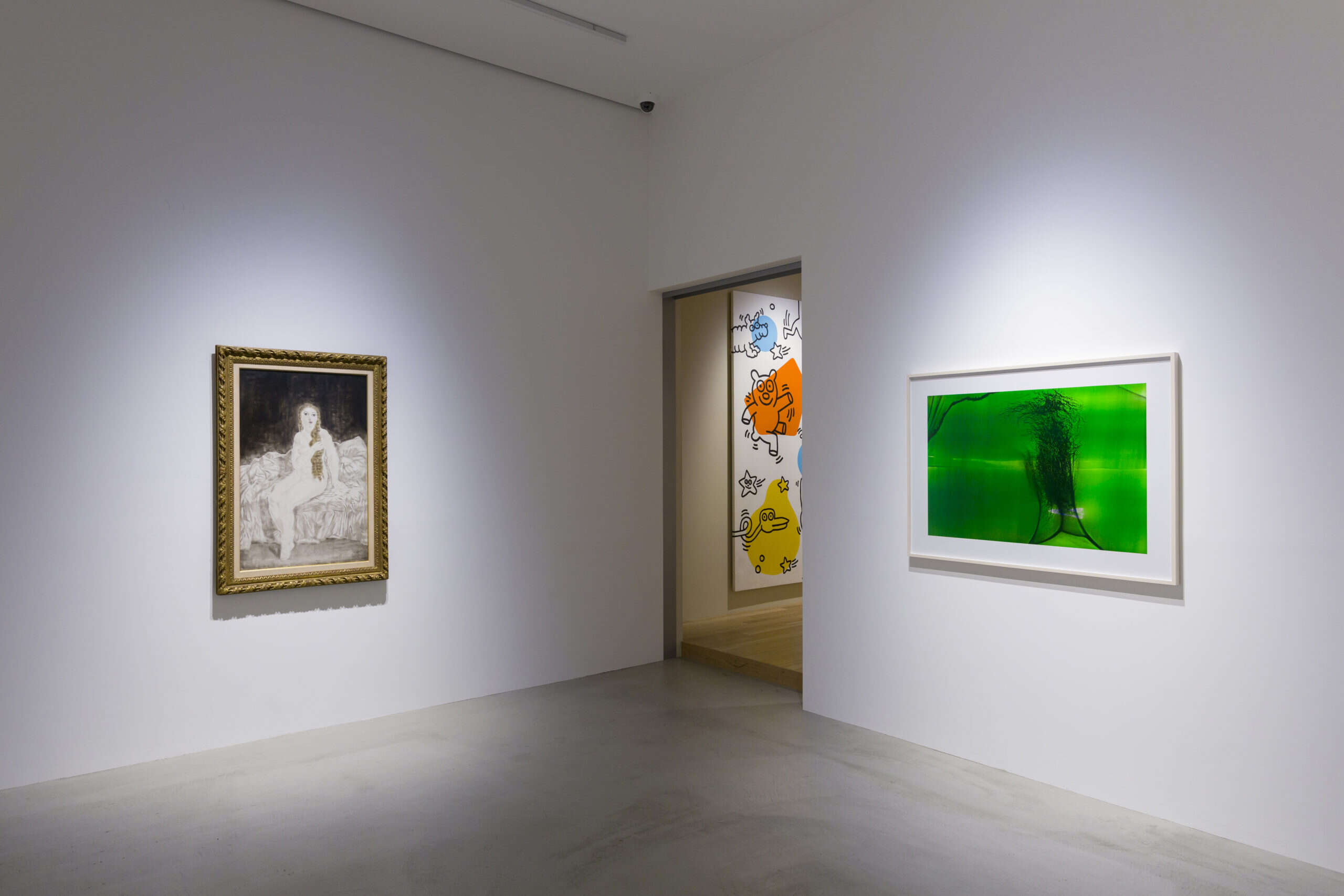"Gaze and Distance" at KOTARO NUKAGA

The Installation View of "Gaze and Distance" (2019) ©KOTARO NUKAGA, Courtesy of KOTARO NUKAGA Have you ever seen an exhibition of historical and contemporary artists such as Pablo Picasso and Paul Cézanne? The Tokyo gallery KOTARO NUKAGA just held such an exhibition this month. The gallery held a group exhibition, "Gaze and Distance," featuring nude paintings from the early 20th century to the present. As interesting as the theme was, the list of participating artists was also interesting. In addition to familiar artists such as Paul Cézanne, Pablo Picasso, and Egon Schiele, other artists representing the 20th century such as Tom Wesselmann, Keith Haring, and Marlene Dumas participated in the exhibition. Also on the list were three Japanese artists: Tsuguharu Fujita, Makoto Saito, and Yukimasa Ida. Knowing that Yukimasa Ida, one of the up-and-coming Japanese artists, is only 29 years old, one can understand how fresh the list was for this exhibition. With the theme of "Nude Painting," this exhibition allowed us to enjoy both contemporary and historical works in the context of art history. According to the gallery, tracing the history of nude painting is the same as looking back at the history of art, which is the evolution of art. Diverse depictions of the body have developed as the beginning of modern art after the end of academism in the 20th century. It begins with Cézanne. Cézanne's style of nude painting was distinct from other artists of his time. He deliberately used the body as one of the pictorial elements for the composition of the entire work. His famous "Bathers" series, in which he used the triangular structure to stabilize the composition and harmonize the figures with the landscape, earned him the nickname of the father of modern art. After expanding his range of physical depiction, various artistic movements were born, including Fauvism, Cubism, Futurism, and Dada. For example, it is widely known that Pablo Picasso was inspired by Cézanne's series of bathhouses to create The Young Women of Avignon.

The Installation View of "Gaze and Distance" (2019) ©KOTARO NUKAGA, Courtesy of KOTARO NUKAGA

The Installation View of "Gaze and Distance" (2019) ©KOTARO NUKAGA, Courtesy of KOTARO NUKAGA

The Installation View of "Gaze and Distance" (2019) ©KOTARO NUKAGA, Courtesy of KOTARO NUKAGA If Paul Cézanne, Pablo Picasso, and Egon Schiele are considered contemporaries of the 19th and 20th centuries, artists born after 1930 are Tom Wesselmann, Keith Haring, and Marlene Dumas. Wesselmann and Haring, in particular, are from New York City, which became the new center of the art scene after World War II. The art movement that represented New York at the time was called "Pop Art," and it typically depicted the body in the context of mass production and image consumption. Wesselmann's work also shows the characteristics of Pop Art. There is an old saying that the eyes are the mirror of the soul, but in his works, figures without eyes seem to have no soul. There is no gaze of the model, but there is the gaze of the heterosexual man and the audience. Finally, alongside the historical Western artists on display, we can see the names of Japanese artists. Makoto Saito, Tsuguharu Fujita, and Yukimasa Ida. Focusing on their works, we can see the state of nude painting in modern and contemporary art. In particular, the depiction and expression of their respective nude paintings were distinctive and striking. For example, Fujita's delicate ink outlines and the intensive depiction of female genitalia in Saito's works seem to have been based on computer-processed images of photographs taken during sexual intercourse. Another up-and-coming artist, Yukimasa Ida, is attracting international attention for his quick and intensive portraits of people he has met in his life. He paints not only people he has met in person, but also those he has met indirectly, such as historical figures, including those who have appeared in art history. Through the "Gaze and Distance" exhibition, I was able to think about the nude body from various perspectives, including how we have represented it as an "artist's" gaze and how we have looked at it as a "viewer's" gaze. Also, the gaze of the "model," which has sometimes been deleted and expressed in a limited way. By following the various gazes, the exhibition allowed us to understand the context of past and contemporary art, and to find new possibilities for physical expression from these artists. "Gaze and Distance" at KOTARO NUKAGA DATES: Saturday, October 19, 2019 - Saturday, December 7, 2019) Hours of Operation: 11:00 a.m. - 6:00 p.m. (Tue, Wed, Thu + Sat) 11:00 a.m. - 8:00 p.m. (Friday) Closed on Sundays, Mondays, and holidays. Free admission.
Article written by: Jeongeun Jo Born in Korea, lives in Japan. One of the members of TRiCERA, she graduated from the Graduate School of Fine Arts, Tokyo University of the Arts. She is also an artist herself.